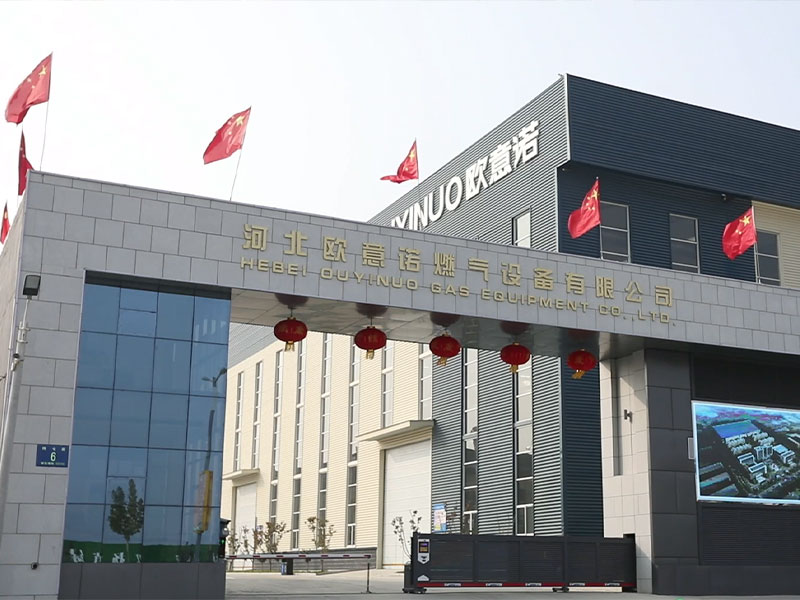
Dec . 03, 2024 18:53
Back to list
Gas Distribution Station Overview and Operational Insights
Gas Distribution Stations A Vital Backbone of Energy Infrastructure
Gas distribution stations play a crucial role in the energy supply chain, serving as the vital link between natural gas producers and consumers. These facilities are responsible for the safe, efficient, and reliable distribution of natural gas to households, industries, and businesses. As the global demand for cleaner energy sources increases, understanding the significance of gas distribution stations becomes paramount.
The Functionality of Gas Distribution Stations
Gas distribution stations are strategically located in various regions to ensure widespread access to natural gas. Their primary function is to receive high-pressure gas from transmission pipelines and reduce it to lower pressures suitable for distribution. The process typically involves several steps receiving gas, pressure regulation, odorization, and then distributing it through a network of pipelines.
1. Receiving Gas The natural gas arrives at distribution stations from transmission pipelines that transport gas over long distances. This gas is often under high pressure, necessitating immediate reduction.
2. Pressure Regulation Various pressure regulating equipment is used to ensure that the gas is at a safe and usable pressure when it exits the distribution station. Regulators continuously monitor pressure levels and make adjustments as needed.
3. Odorization Natural gas is odorless and colorless, making it difficult to detect in case of leaks. Therefore, a harmless odorant, usually mercaptan, is added at the distribution station. This allows for easy detection, enhancing safety for consumers and workers alike.
.
Safety and Environmental Considerations
محطة توزيع الغاز

Safety is of paramount importance in the operation of gas distribution stations. Regular maintenance and inspections are critical to ensure the integrity of the pipelines and equipment. Advanced technologies, such as leak detection systems and automated monitoring, are increasingly implemented to enhance safety measures.
Moreover, gas distribution stations are evolving to meet environmental standards. The shift toward sustainable energy practices requires stations to focus on reducing emissions and improving energy efficiency. Innovations in technology, such as the use of bio-methane or integrating renewable energy sources, are gaining traction within this sector.
The Role of Gas Distribution Stations in the Energy Transition
As the world transitions towards greener energy alternatives, gas distribution stations are also adapting to new energy demands. While natural gas remains a vital part of the energy mix, especially as a transition fuel, there is a growing emphasis on incorporating renewable gases, such as hydrogen and biogas, into the distribution system.
Developing infrastructure for these new energy sources poses both challenges and opportunities. Gas distribution stations need to be upgraded or modified to handle different types of gases while maintaining safety and reliability. This transition is supported by policy initiatives and investments aimed at reducing carbon emissions and promoting cleaner energy solutions.
The Future of Gas Distribution Stations
Looking ahead, the future of gas distribution stations is intertwined with advancements in technology and the ongoing energy transition. Digitalization trends, including the Internet of Things (IoT) and smart metering systems, are revolutionizing the way gas is monitored and managed. These technologies allow for real-time data analysis, leading to improved efficiency and responsiveness in gas distribution.
Furthermore, as governments and industries commit to net-zero emissions goals, gas distribution stations will play a critical role in this transformation. By facilitating the integration of renewable energy sources and adopting sustainable practices, these facilities can help meet future energy demands while minimizing environmental impacts.
In conclusion, gas distribution stations are an essential component of the energy landscape, facilitating the safe and efficient delivery of natural gas to consumers. As energy systems evolve, these stations are poised to adapt to new technologies and challenges, ensuring their continued relevance in a rapidly changing world. Engaging with and investing in this infrastructure will be crucial to achieving a sustainable energy future.
Next:
Latest news
-
Safety Valve Spring-Loaded Design Overpressure ProtectionNewsJul.25,2025
-
Precision Voltage Regulator AC5 Accuracy Grade PerformanceNewsJul.25,2025
-
Natural Gas Pressure Regulating Skid Industrial Pipeline ApplicationsNewsJul.25,2025
-
Natural Gas Filter Stainless Steel Mesh Element DesignNewsJul.25,2025
-
Gas Pressure Regulator Valve Direct-Acting Spring-Loaded DesignNewsJul.25,2025
-
Decompression Equipment Multi-Stage Heat Exchange System DesignNewsJul.25,2025

